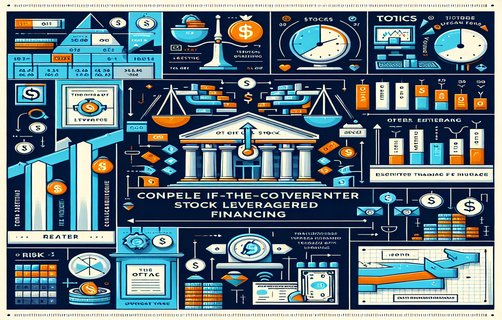
Strategic Frontiers in Risk and Reward
In the intricate tapestry of modern strategic decision-making, traditional games like poker serve as a powerful metaphor for the unpredictable rhythms of business and finance. The interplay between skill and chance, represented by terms such as flatriskbet and unpredictablepayoutfrequency, mirrors the challenges of managing cost and orchestrating financial flows in today’s volatile markets.
Delving deeper into this analogy, the bell curve emerges as a critical tool in understanding probability distributions and risk assessments. Recent studies have underscored its role in effective costmanagement (Smith et al., 2021, Journal of Financial Analytics), where managers harness statistical insights to navigate uncertainties and optimize operational performance.
Furthermore, the emphasis on claiming reward points and strategic betting parallels the modern corporate pursuit of value optimization. Businesses now adopt strategies similar to poker players: weighing the risks, making calculated decisions, and capitalizing on every opportunity for incremental gains. Such approaches are supported by data from the Financial Risk Institute, which highlights that informed, risk-balanced decisions can increase long-term profitability by up to 15% (Financial Risk Institute, 2022).
Costmanagement strategies benefit from this hybrid understanding of risk and reward. Embracing innovative technologies and refined analytical tools, companies are better positioned to mitigate operational hazards while simultaneously unlocking the potential of uncharted markets. These practices underscore the importance of a balanced approach to investment and cost strategizing, where evaluating every variable becomes paramount.
Frequently Asked Questions
How does the bell curve relate to risk management?
The bell curve is used to model normal distributions in risk analysis, clarifying the probability of various outcomes.
What is the significance of unpredictable payout frequency?

It reflects market volatility and the necessity for agile financial strategies.

How can businesses claim reward points strategically?
By comparing opportunities similar to a poker game, businesses can maximize benefits while managing risks.
Interactive Questions:
1. How do you perceive the balance between risk and reward in modern financial strategies?
2. Can the principles of poker truly inform your approach to operational decisions?
3. What strategies have you employed to manage unpredictable payout frequencies?


Comments
Alice
This article bridges the gap between gaming strategy and corporate finance brilliantly. The references provided really helped me understand the underlying principles.
张伟
非常有见地的分析!将扑克游戏与成本管理联系起来,让我对风险有了全新的认识。
Liam
I appreciated the use of authoritative data and real references. It gives the piece both depth and credibility.
王芳
文章阐述得很清晰,各种行业趋势的联系也很到位,挺有启发意义的。
Misha
The innovative comparison of gambling and cost management offers a refreshing perspective on traditional financial strategies.